Kyoko Kasuya
October 3 to October 10, 2023
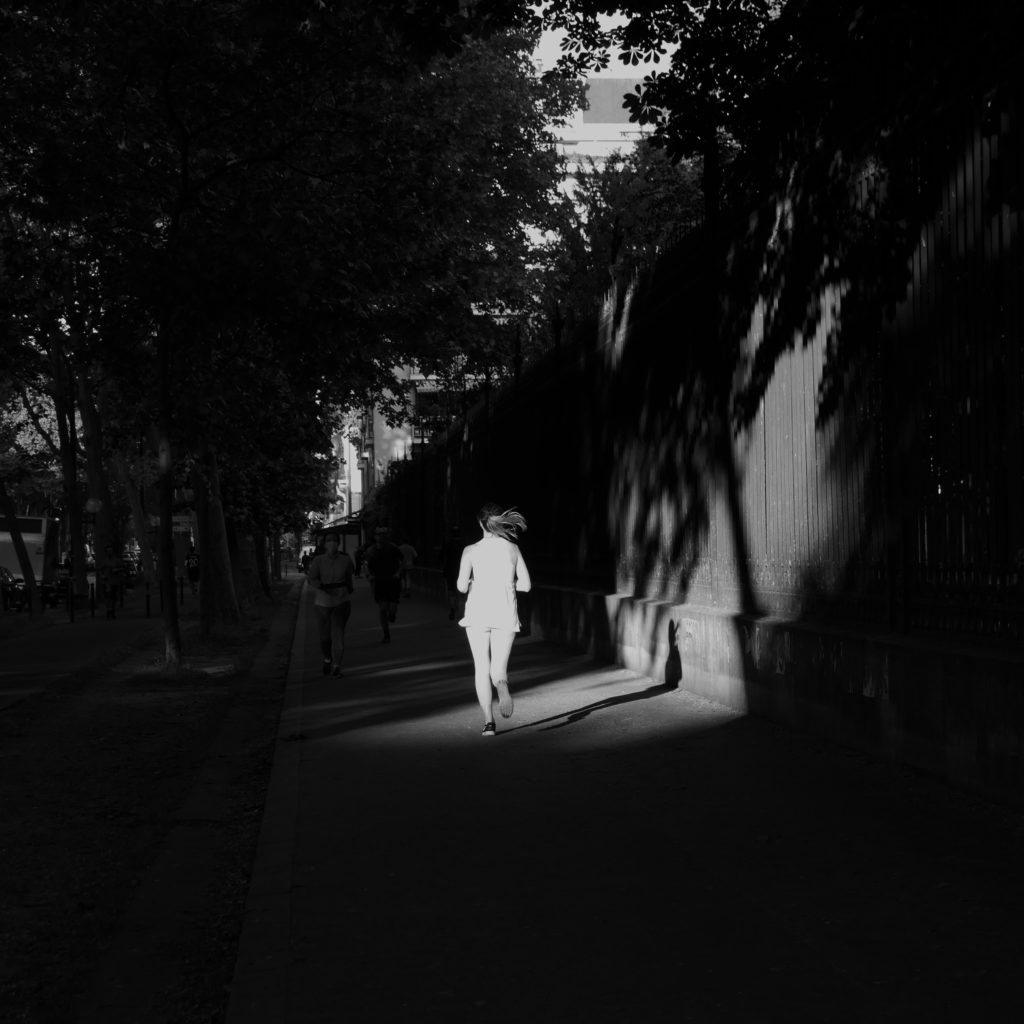

March 21 to March 28, 2023

March 14 to March 21, 2023
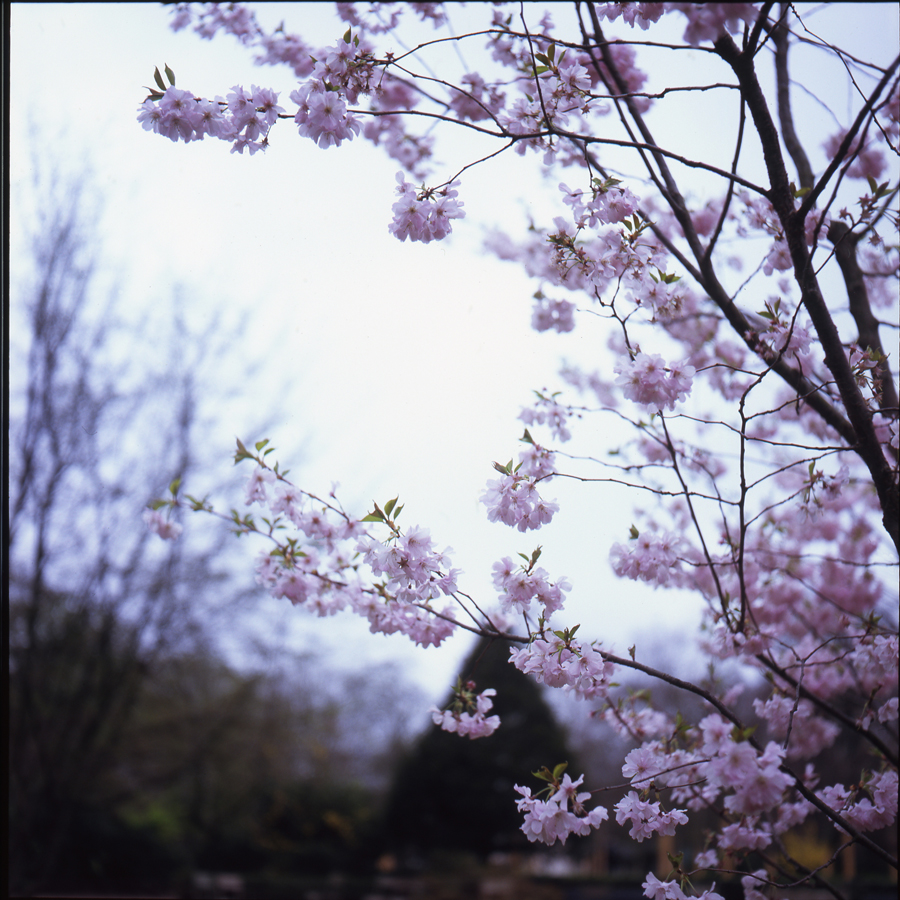
February 7 to February 14, 2023
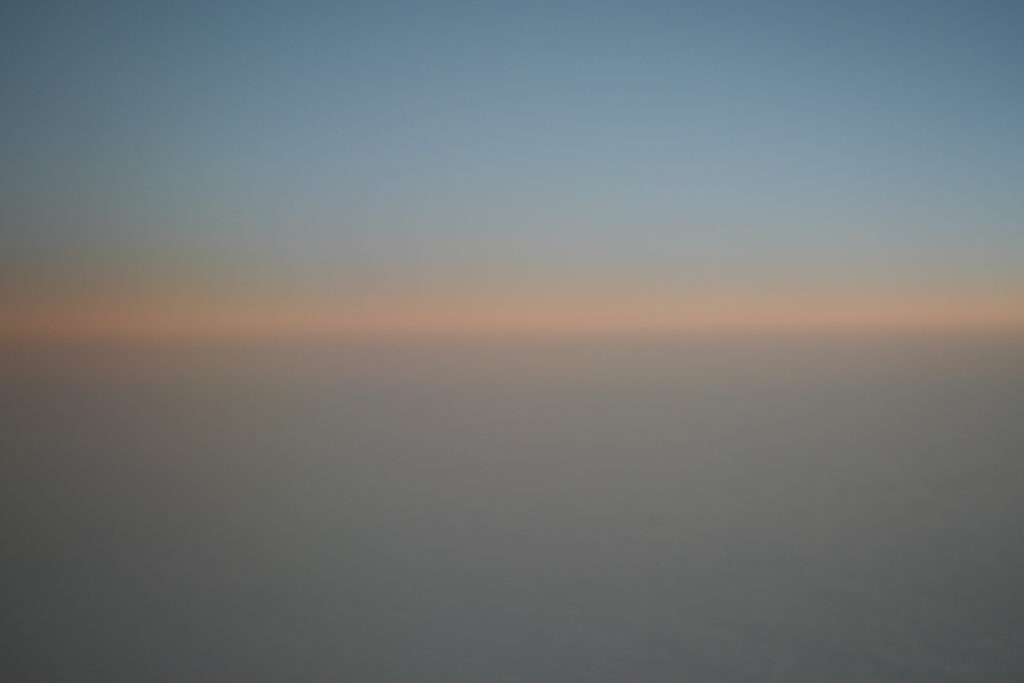
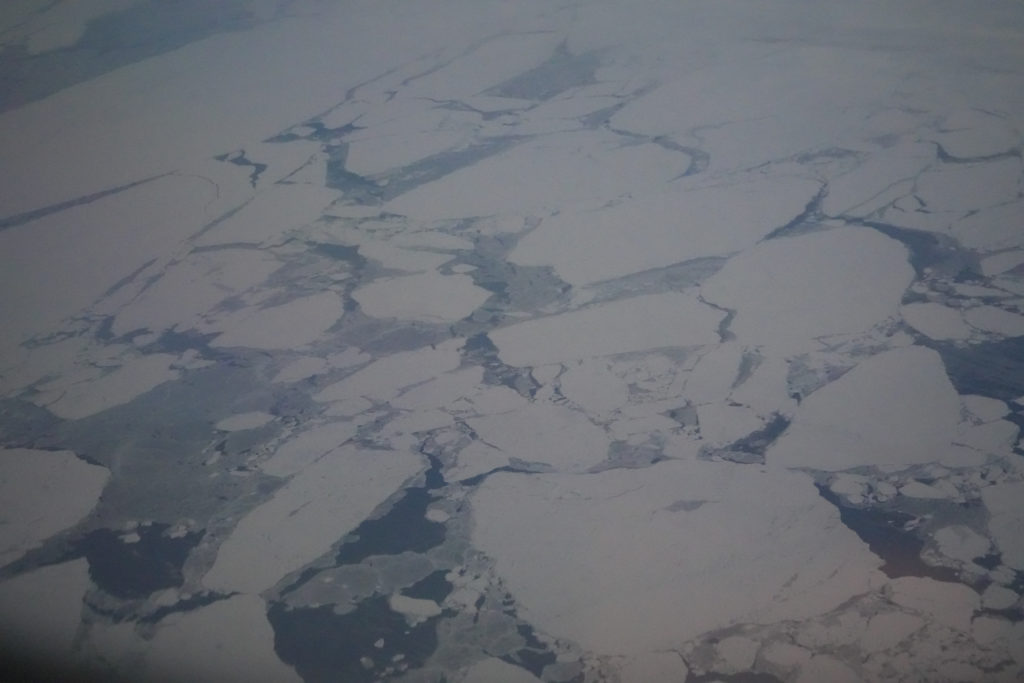
An unusual journey from Tokyo to Paris, passing through the Arctic Circle during the wartime Russia-Ukraine. January 2023
December 6 to December 13, 2022
This film is a sequel to “Listen to the voices of the Sea” (2019) the first work in art video, based on a diary of a Japanese kamikaze pilot, Hachiro Sasaki. Kamikaze means wind of God in Japanese. For the realization of the second project, I transcribed a part of the diary of another young pilot from southern Japan, Norimitsu Takushima. By putting in his place a fictional French character, Noé Teissier, this translation sits in a broader contemporary context. The film ultimately reflects relationships to life, to death, to love speaking towards the universal sentiment of any soldier.
| The post-production of my fiction film Silent Blue was completed in July. The script is inspired by the diary of Norimitsu Takushima, a young Japanese pilot who passed away during World War II. By putting Noé Teissier, a fictional French character, in his place, this translation is set in a contemporary, culturally and geographically broader context so that his thoughts and the reality of his life can be captured. The film reflects the relationship to life, death and love. Filming took place in Paris and Montpellier, in the south of France, between September and December 2020. Because of the pandemic and the second confinement, we had several incidents with the police during the shooting on location, who stopped and questioned us. We were forced to take a break but, thanks to the commitment of many people, including the actors and the production team, we managed to complete the film. I thank all of them for their generous support. |
September 20 to September 27, 2022
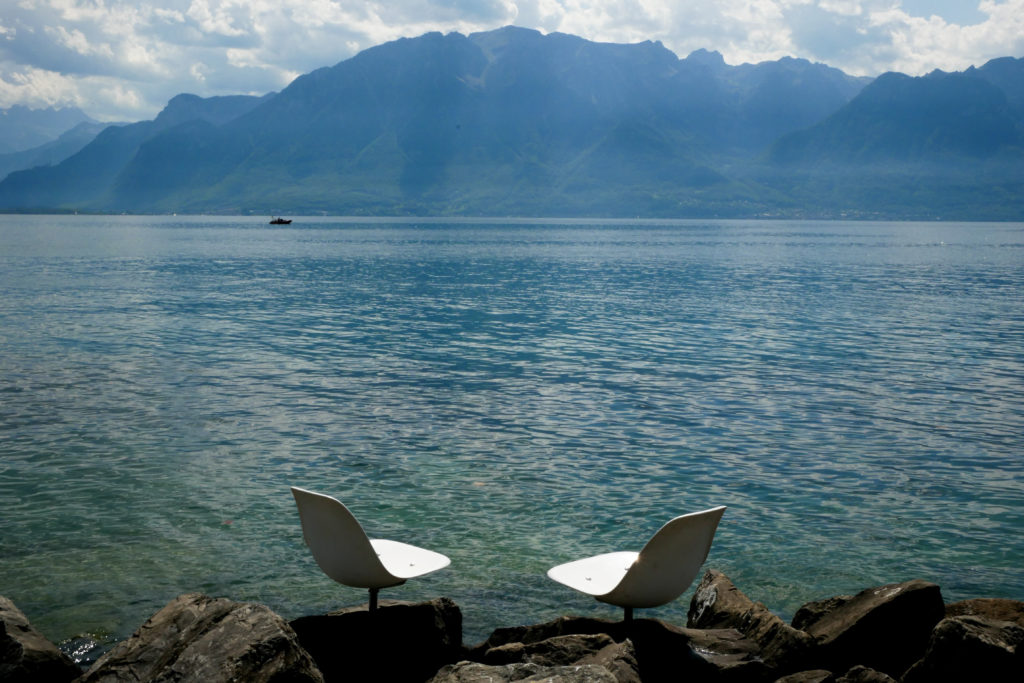
I quit my part time job to make a living at the end of August finally. I worked at a school for 3 years and 3 months. I got over the hard covid time. I made a decision to become a full time artist since September. Let’s see how it goes.
September 13 to September 20, 2022

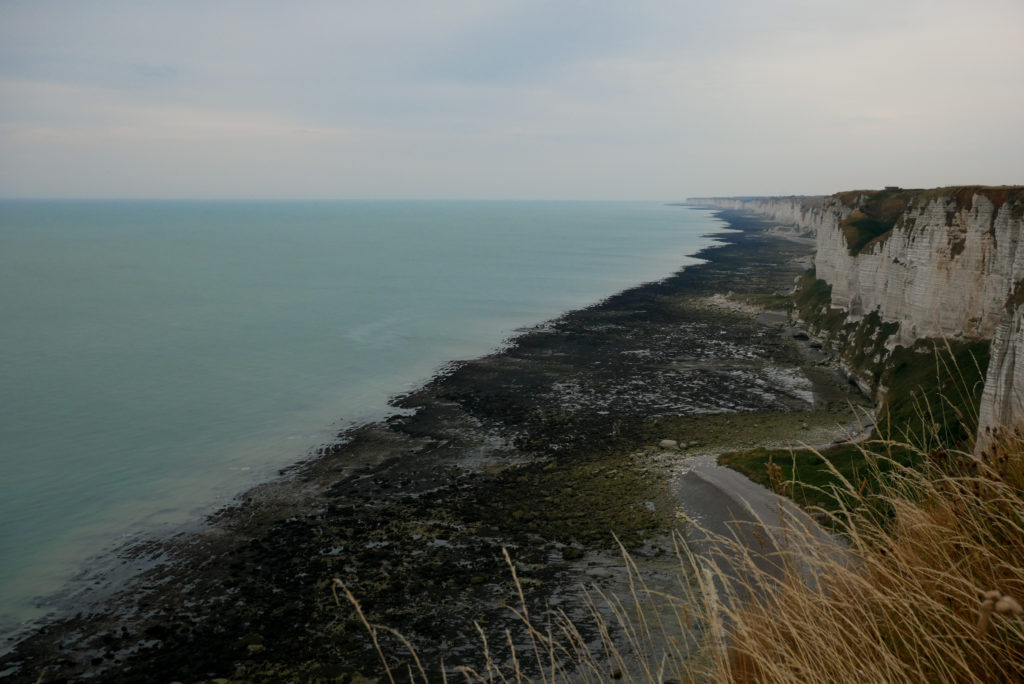
I imagined how this place was in 1940s.
May 10 to May 17, 2022
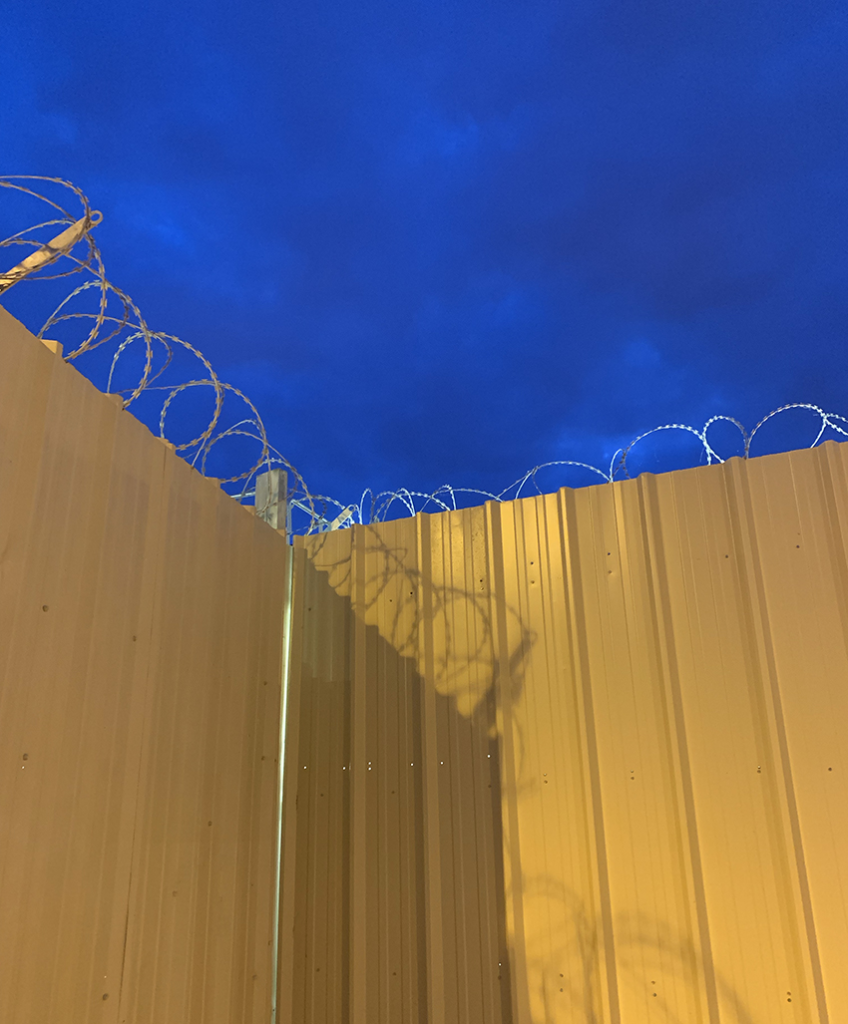
March 8 to March 15, 2022
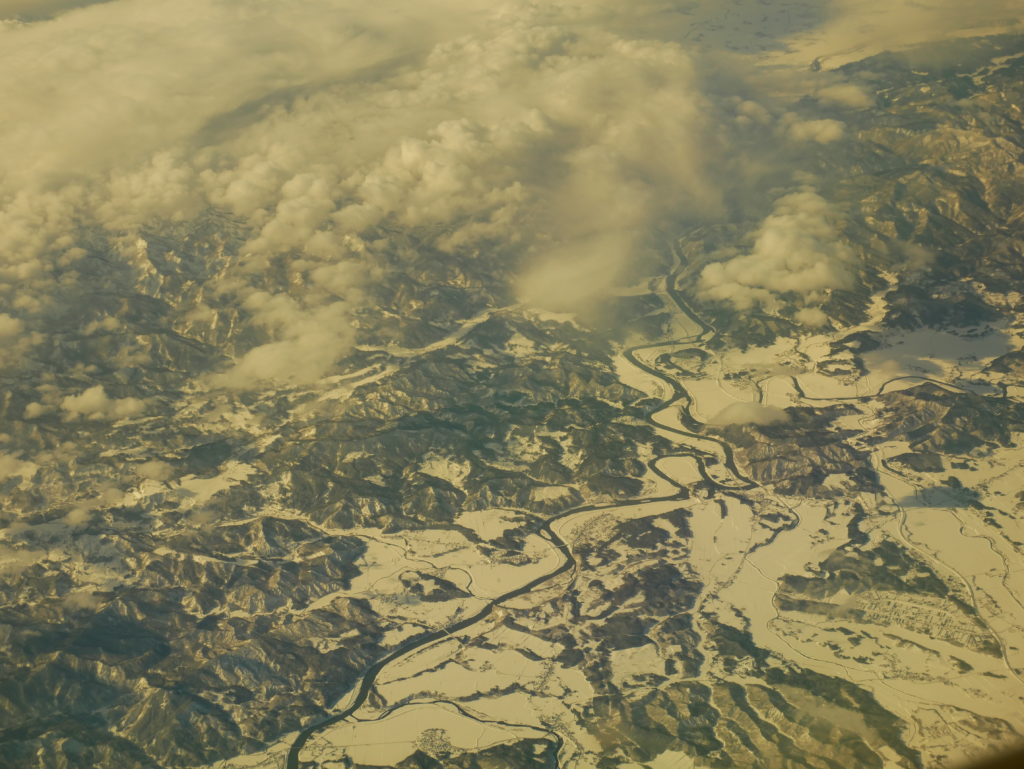
March 1 to March 8, 2022

February 8 to February 15, 2022
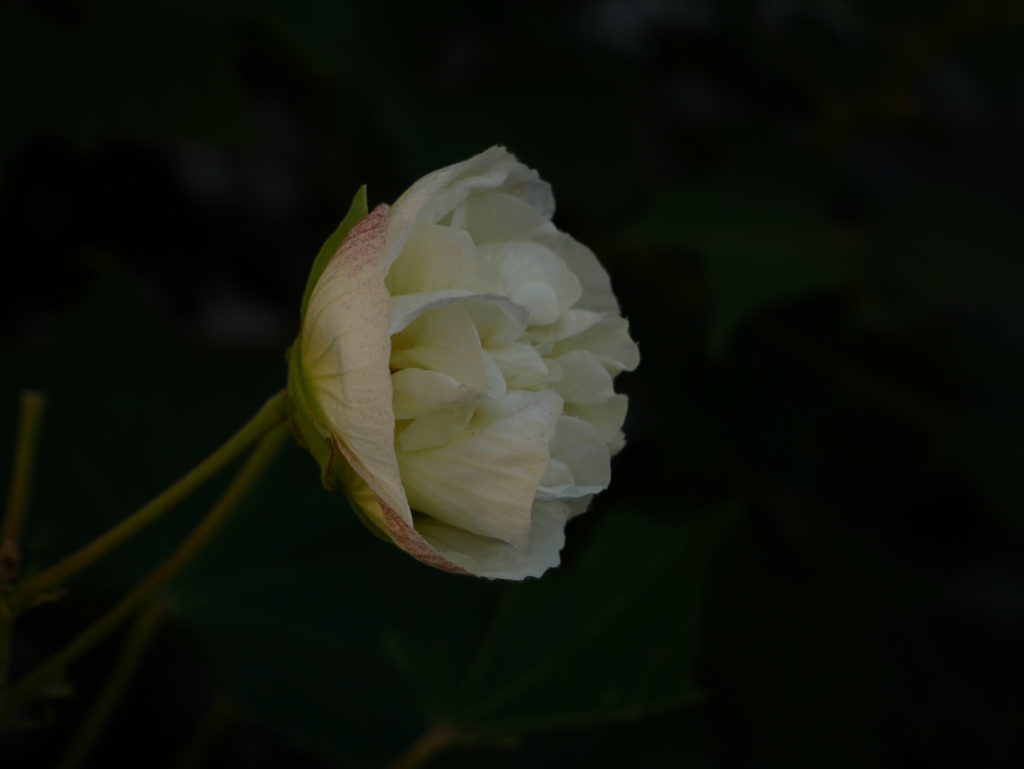
January 25 to 1 February, 2022
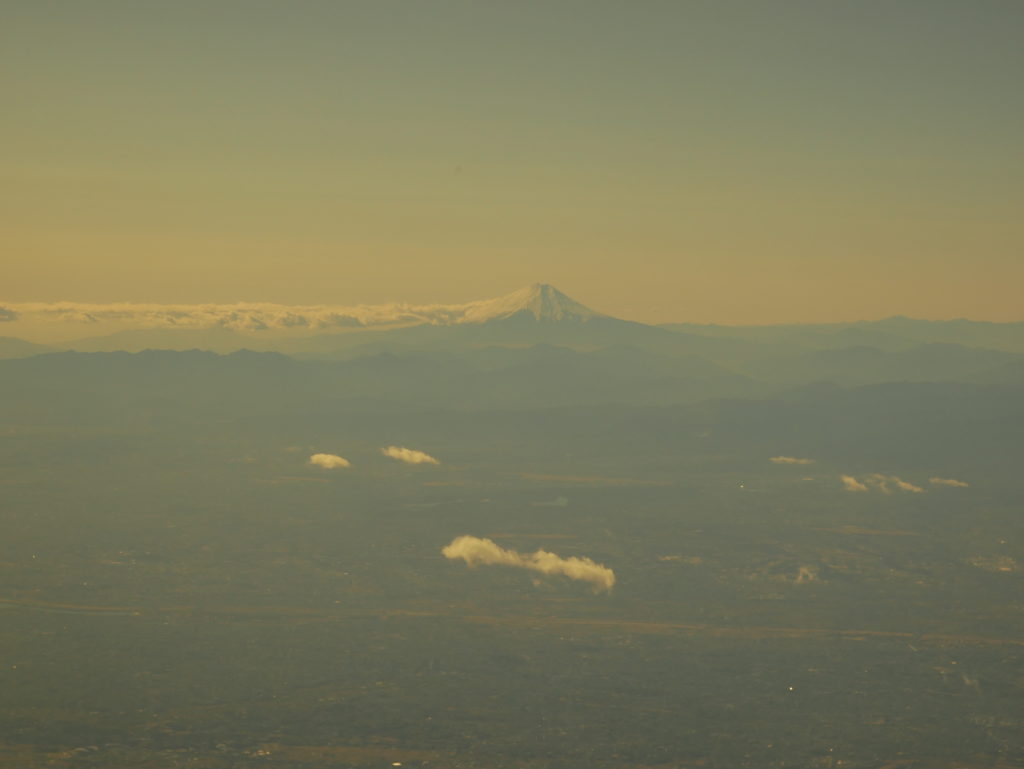
Are you still there? January 2022 あなたは、まだそこにいる? 2022年1月
January 18 to January 25, 2022
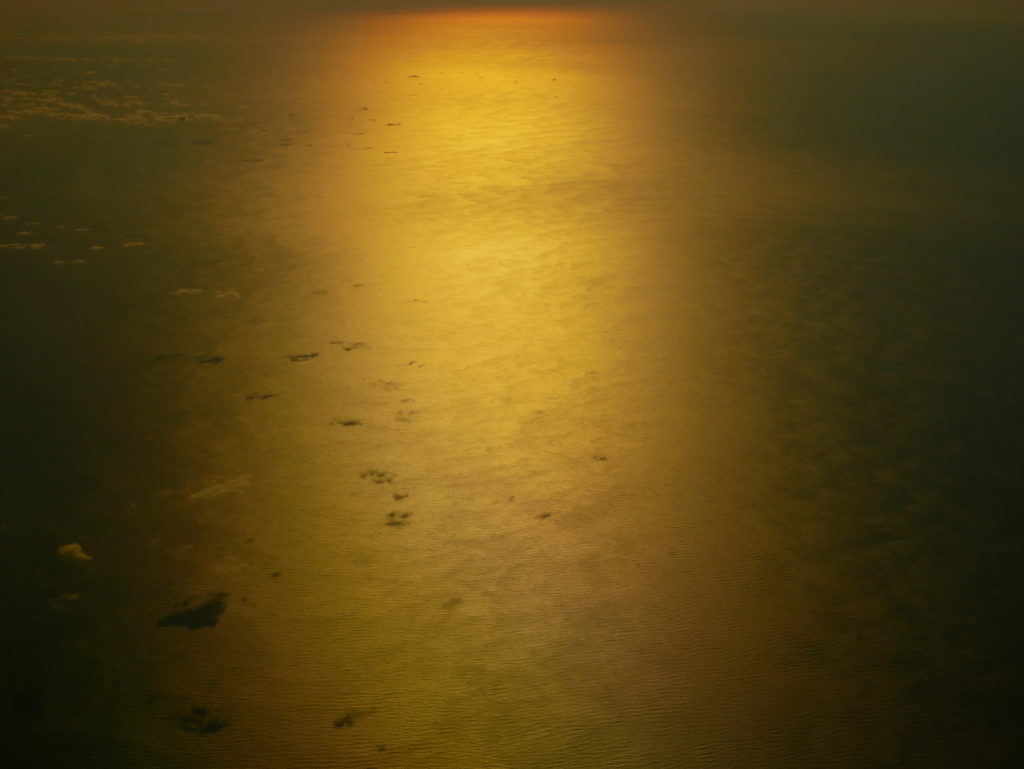
はつゆめ 2022年1月 « First dream », January 2022
January 11 to January 18, 2022

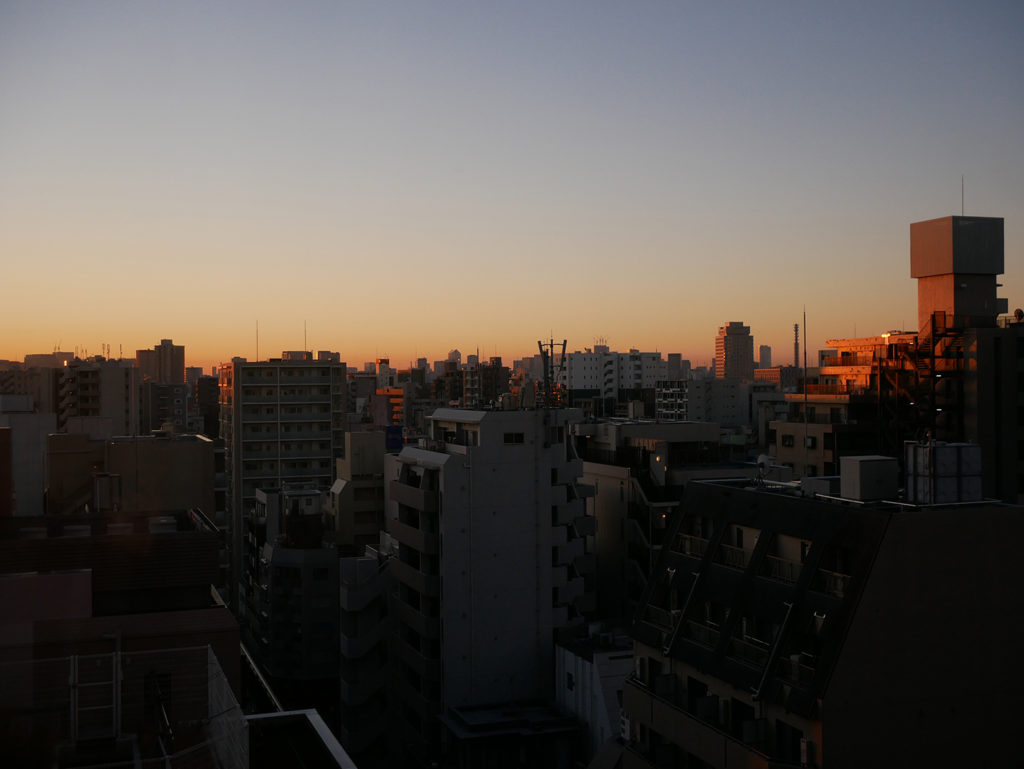
August 24 to August 31, 2021
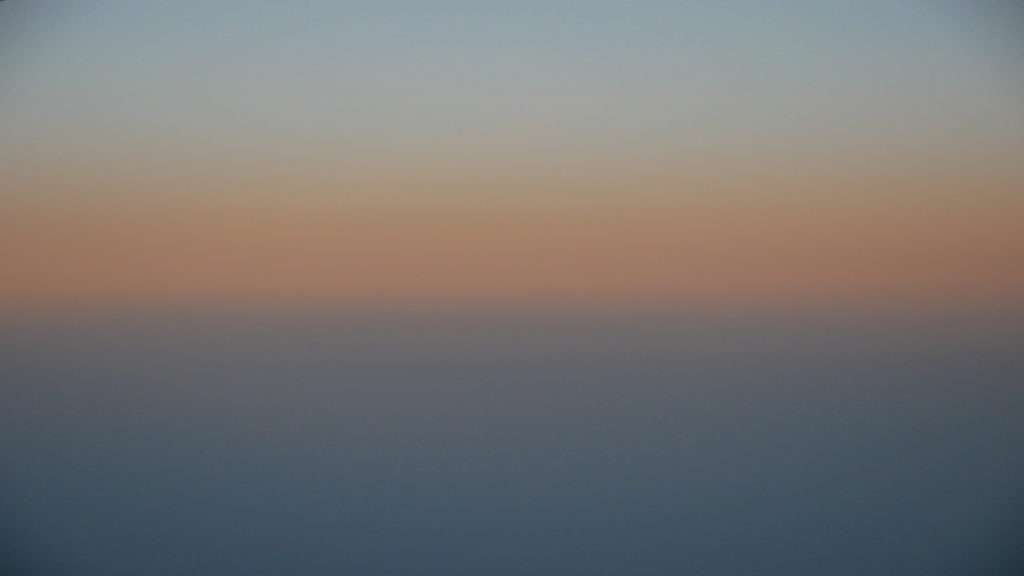



On my way to motherland, photography, August 2021
The sky was welcoming me during the trip to my motherland. I couldn’t go back there for almost 2 years because of the restriction of travel since the pandemic began.
July 13 to July 20

Do we see the same sky? 2011-2021, photography (slide film)
June 15 to June 22
Listen to the voices of the sea, shortfilm, 5’43, 2019
May 25 to June 1
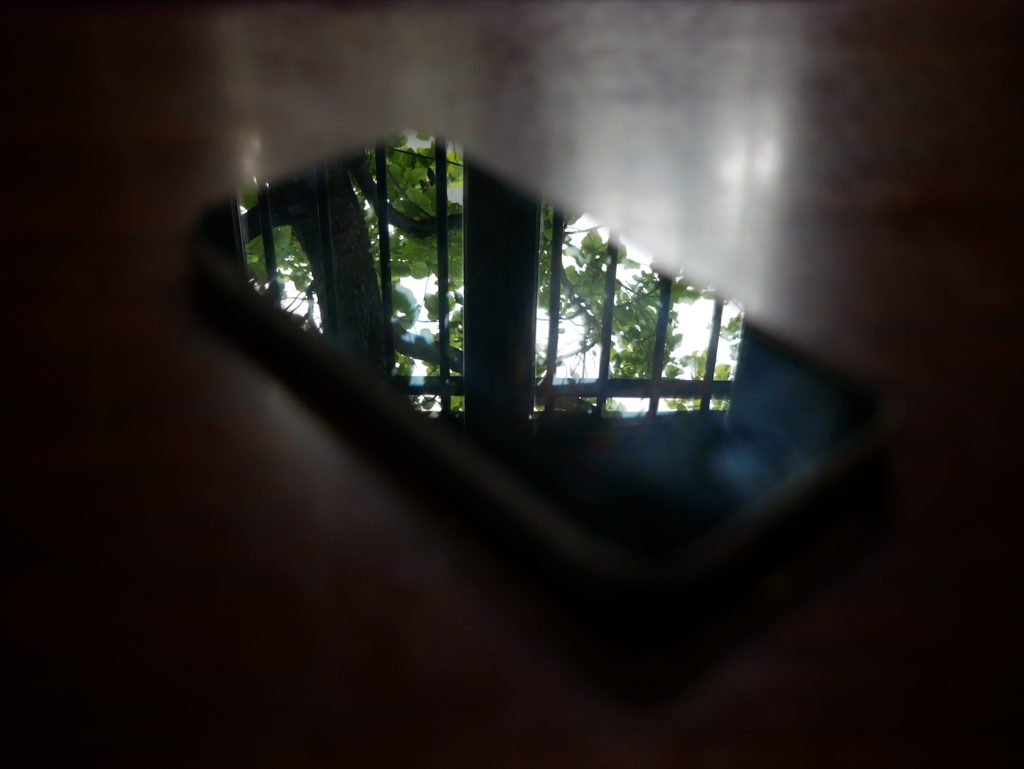
I want to live in the reality, photograph, 2021
May 4 to May 11
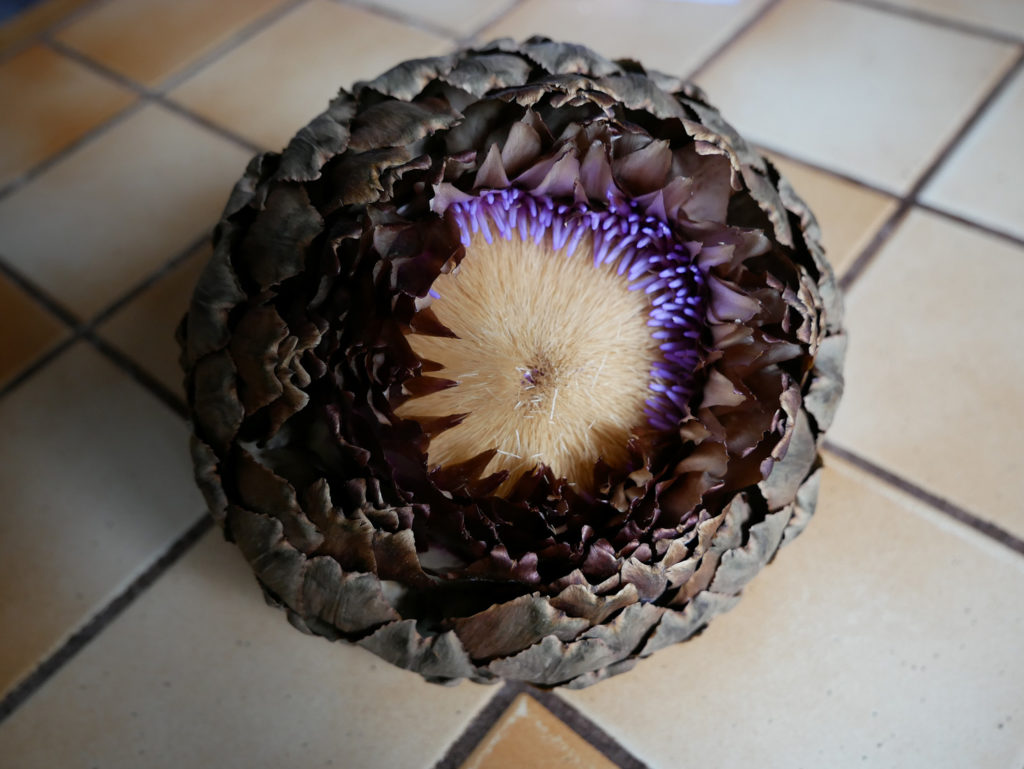
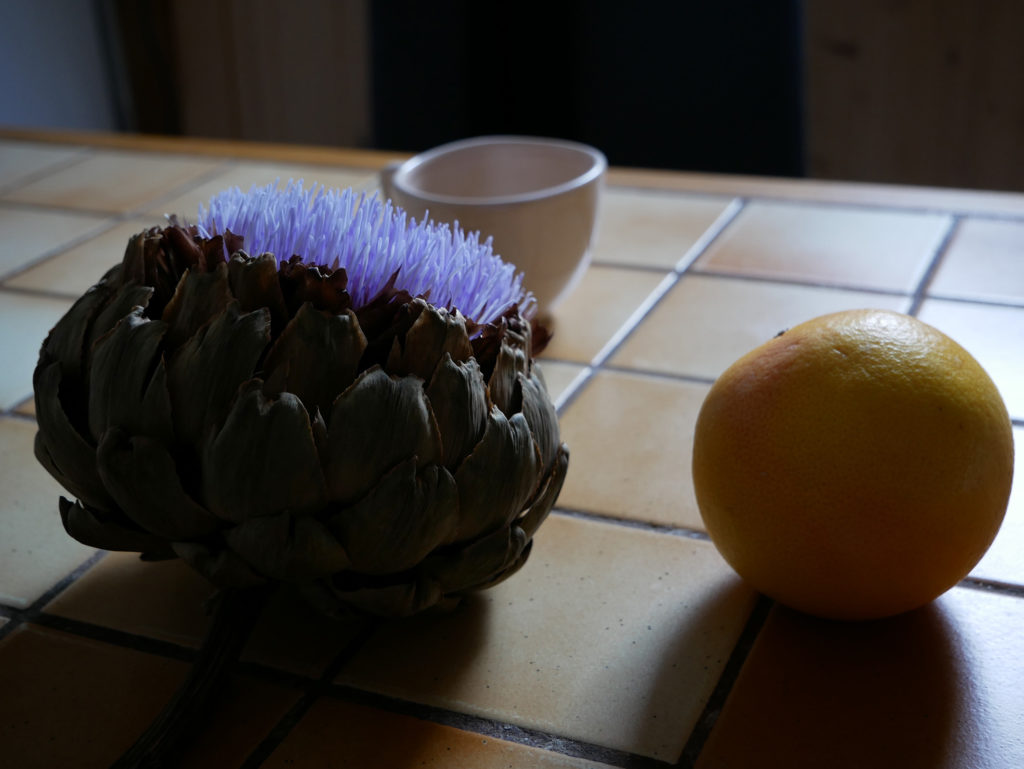



An observation of Artichoke in quarantaine, April 2021 in Paris, photography
April 20 to April 27
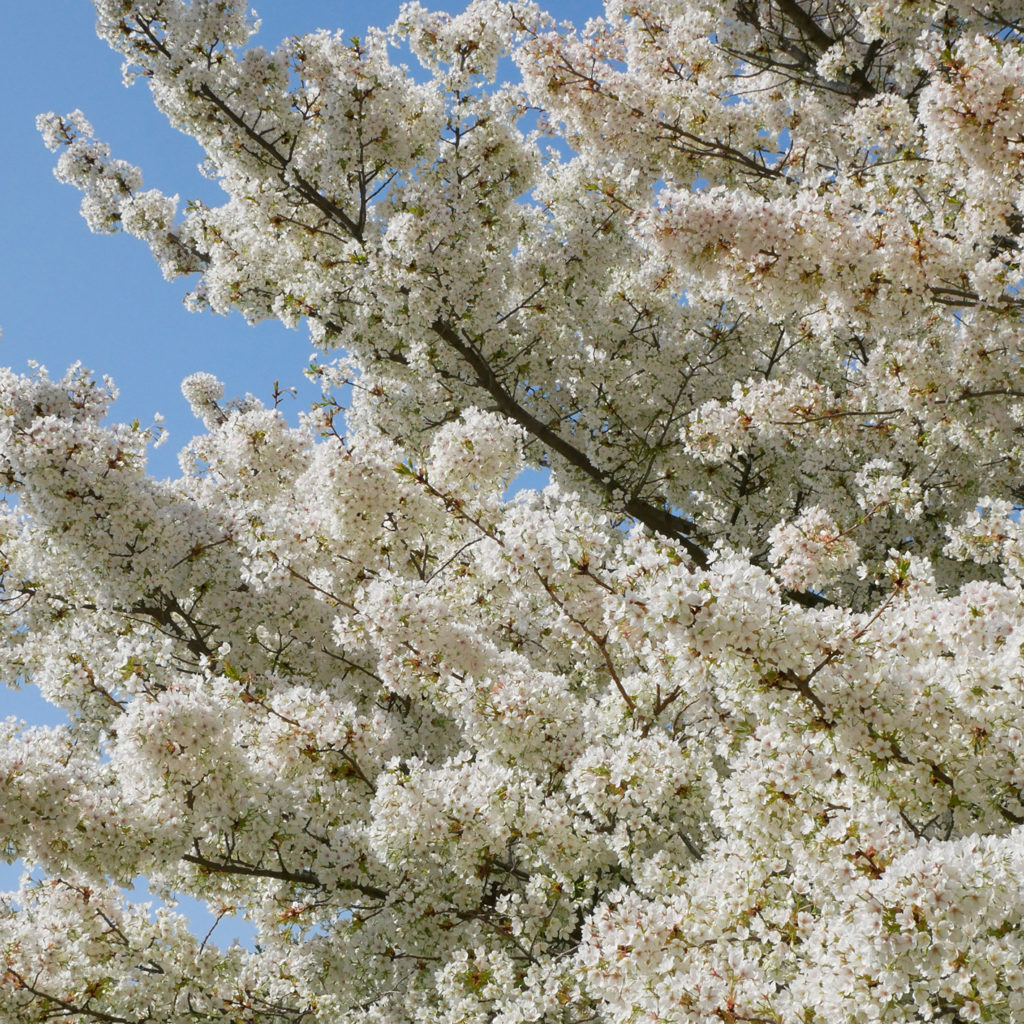
Fleurs de cerisier, photography and text, april 2021
L’année dernière je ne pouvais pas voir ces fleurs pendant le confinement. Ça m’a manqué. Ce printemps, je voulais retourner dans mon pays pour voir les fleurs de cerisiers de vrais somei yoshino (une race très typique au Japon. On ne la voit pas ici en Europe) mais 2 semaines de quarantaine obligées et le manque de finance m’ont empêché d’y partir. J’ai renoncé à ce projet. Je reste en France. La situation de la covid ne s’améliore pas vraiment mais avec patience, oui il faut être toujours patient, les gens apprécient plus l’arrivée du printemps. On ne reste pas toujours dans un mauvais temps. En étant masqués, ils goûtent quand même cette saison éphémère. J’ai senti un petit bonheur ensoleillé en pédalant sur le quai de la Seine. Je suis sortie d’un long tunnel.
March 8 to March 16




Le point de départ 出発点 the starting point, text in French, Japanese and English & photography, 2011-2021
*
C’était l’année 2011, je terminais ma licence dans une école d’art en France. Après avoir passé trois années dans une ville du sud, je pensais retourner à la société japonaise et rouler sur les mêmes rails que tout le monde. Cet incident est arrivé pendant mes vacances d’hiver. J’étais alors à Paris et j’ai reçu un sms d’une amie japonaise qui m’informait de l’annulation de notre RDV fixé le jour même. En l’appelant pour en connaître la raison, elle m’a mise au courant d’une terrible nouvelle : un séisme avait eu lieu au Japon. Il avait provoqué un tsunami sans précédent mais également l’accident nucléaire de Fukushima. J’ai allumé la télé. J’ai vu de nombreuses scènes de vagues noires frappant les villes au bord de la mer. Ces scènes se sont répétées sans arrêt sur tous les médias pendant un certain temps. Cette catastrophe s’était produite dans mon pays mais cela ressemblait à un incident dans une contrée lointaine. Jour après jour, l’exposition aux radiations résultant de l’accident de la centrale nucléaire s’est progressivement révélée. L’économie japonaise est devenue instable et les entreprises se sont effondrées progressivement.
Nous ne pouvions pas prévoir ce qui allait se passer, même dans les prochains mois. L’avenir restait incertain. Mon père m’a dit : « Je ne sais pas ce qu’il adviendra de la société japonaise. Je crains les dégâts de la radioactivité dus à la fuite de la centrale nucléaire de Fukushima. Nous ne vivons pas très loin. Je ne sais pas comment cela affectera la santé des jeunes. Il vaut mieux que tu continues ton master encore deux ans en France. Après, on verra la situation. » J’étais un peu choquée de son conseil car j’avais envisagé de faire un travail convenable et vivre comme les autres, suite à mon retour définitif au Japon. Pourtant, je n’ai pas pu m’empêcher de suivre l’avis de mon père. Juste après avoir passé le DNAP (la licence en arts plastiques), je suis quand même retournée au Japon pour mes vacances d’été.
Mon pays était plus paisible que ce que j’avais imaginé. Ma famille vivait en banlieue de Tokyo. Le tremblement de terre et le tsunami n’avaient fait presque aucun dommage particulier dans ma ville natale et le paysage était quasiment le même que celui que je connaissais. Cependant, en raison de l’accident nucléaire, les villes étaient plus sombres qu’auparavant du fait de la réduction du nombre d’éclairages intérieurs et extérieurs pour économiser la consommation d’énergie. J’ai ressenti l’accident nucléaire comme une grande ombre. Environ six mois après le séisme, les personnes ne parlaient pas beaucoup du tremblement de terre et de la centrale nucléaire. Je pense qu’elles ne le voulaient pas. La télévision diffusait d’ailleurs beaucoup de programmes comiques typiquement japonais, toujours très délirants et stupides. Seul le mot «reconstruction» était devenu visible dans tous les médias. Je pense que les gens n’essayaient pas de faire face à tout cela, ils ont juste mené leur vie presque sans réfléchir. Ils n’avaient pas le choix. Mais de mon côté, j’ai commencé à m’inquiéter pour les zones sinistrées. Mon père me disait que nous ne devions pas fourrer notre nez dans leurs problèmes parce que nous n’étions pas les victimes. Cependant un sentiment de contrariété ne me quittait pas. Alors, avant la rentrée scolaire en France, j’ai décidé de me rendre dans la région touchée.
Les paysages n’étaient plus apocalyptiques comme la fin du monde mais je voyais bien que les villes côtières avaient été dévastées et beaucoup de maisons à moitié détruites. Les routes étaient encore abimées, les trains ne circulaient plus car les rails avaient été emportés par le tsunami. Les blessures étaient encore ouvertes. Je ne pouvais pas rester en place en voyant cela. Je pensais devoir faire quelque chose. Mais que signifie faire quelque chose ? Après mon retour en France, j’ai été peu à peu convaincue que je devais parler de cette question en utilisant le médium de l’art. À partir de là, ma vie a commencé à changer graduellement. Avant cet incident, j’avais l’intention de me marier avec un homme ordinaire en tant que femme japonaise au foyer qui opte pour une vie tranquille, mais j’ai choisi d’être artiste en France. Ce chemin n’a pas du tout été facile. Et dix ans après, je ne peux pas dire que la route soit complètement ouverte ; elle est toujours en développement. En vérité, il n’est pas facile de vivre et de travailler dans un pays étranger. Je continue pourtant. Que signifie aller jusqu’au bout de ses convictions ? Parfois je me le demande. Ma décision était-elle la bonne ?
*
Ce texte est dédié à la journée internationale des droits des femmes (le 8 mars) et le 10ème anniversaire du séisme et de l’accident de Fukushima (le 11 mars).
出発点
2011年私はフランスの美大で学士を終える年だった。南仏の町で3年も過ごしたし、日本の社会に戻り、みんなと同じレールに乗っかっていきていこうかなと思っていた時だった。その事件は、2週間の休暇中に起きた。私はパリにいて、ある日本人の友達と会う予定だったが、キャンセルしたいというメッセージを受け取った。理由を尋ねるべく、彼女に電話をすると日本で大地震があったという。それは未だかつてない規模の津波を引き起こし、また福島の原発事故をも発生させた。テレビやインターネットでは、信じられないような黒い波が海沿いの街を襲っているシーンがなんども流れていた。自分の国に起こったことだけど、どこか遠い国の事件のようにも感じた。日が経つにつれて、原発事故による放射能の被曝が徐々に明るみに出てきた。日本経済は不安定になり、どんどん会社が潰れていった。
先行きがわからない中、父は私にいった。「日本の社会はこれからどうなるかわからないし、原発のこともあるし、若い人の健康にどういう影響が出るかわからない。今後の様子を見るのにもフランスであと2年修士課程をやったほうがいい。」日本に完全帰国し、みんなと同じように、適当な仕事をして生きていこうと思い込んでいた私は、なんだか腑に落ちなかったけど、父のアドバイスに耳を傾けることにした。学士修了試験の後、夏休み休暇で日本に一時帰国した。
思っていたより日本は平和だった。私の家族は東京の郊外に住んでいた。そこは特に地震や津波の被害はなく、一年前の風景と変わりがなかった。しかし原発事故の影響で、電力の消費量を抑えるために、屋外の電灯や室内の照明を少なくし、街は以前より暗い印象だった。そこにはこの地震や原発事故の影響を物語る影を感じた。地震から約半年が経とうとしていた中、人々はあまり地震や原発のことを話さなかった。話したくなかったのだと思う。テレビでは、お笑い番組などが賑わい、ニュースでは復興という言葉だけが目立つようになった。人々は、3月に起きた事件のことを直視しようとせず、ただ必死に前を向こうとしていたのだと思う。他に選択肢はなかった。実際自分の国に帰ると、被害を受けた地域のことが気になり始めた。父は、私たちは被害の当事者ではないから首をつっこむべきではないといっていたけど、ざわざわした気持ちが離れて行かなかった。フランスで新学期を迎える前に、被災地に行くことにした。
壊滅的な世界の終わりという状況ではなかったものの、海沿いの街は、半壊した家が放棄され、道路は傷んだ状態で修復されておらず、津波によって線路が押し流され、電車は走っていなかった。傷口はまだ開いたままだった。それを見ていたたまれない気分になった。何かしないといけないと思った。何かをするとはどういうことだろう。美大にいた私は、美術という媒体を用いて、この事柄を語るべきであると思い始めた。そこから私の人生は徐々に変わり始めた。普通の日本女性として適当に結婚し、主婦になり、無難な人生を日本で歩むシナリオを用意していたのに、美術家という道を選んだ。その道は全くもって簡単なものではない。当時から10年経った今もまだ私は発展途上のままだ。自分の国ではなくフランスという異国でこの道を進むのは大変なことばかりだ。信念を貫くとはどういうことだろう。ときに自問自答する。果たしてこの道程は正しいのか?
*
このテキストは国際女性デー(3月8日)と発生から10年目を迎える3月11日に起きた東日本大震災と福島原発事故のために書き下ろしたものです。
The Starting point
In 2011, I was finishing my bachelor’s degree at an art university in the south of France. After three years there, I was planning to reenter Japanese society and follow the same path as everyone else. It happened during my winterbreak. I was in Paris and was supposed to meet up with a Japanese friend when she texted me to cancel. I called her to find out why, and she told me the horrible news: an earthquake had struck Japan. It had triggered a massive tsunami and caused a nuclear accident in Fukushima. I turned on the TV. I saw image after image of black wavescrashing intothe seaside towns. For a while, every media outlet played these scenes over and over again. The disaster had occurred in my own country, but it felt like something in a far-off land. The radiation exposure from the nuclear plant accident became more and more apparent with each passing day. Japan’s economy grew unstable and businesses started to go under.
We had no idea what was going to happen even a few months from then. The future remained uncertain. “I don’t know what will become of Japanese society,” my father told me. “I’m afraid of the damage from the nuclear plant. We don’t live very far away. How will it affect the health of our young people? You should continue your studies and get your master’s, stay in France for two more years. Then we’ll see where things stand.” His words surprised me. I had planned to return to Japan for good, find a proper job and live like everyone else.Yet I couldn’t ignore my father’s advice. I completed my Bachelor of Fine Arts (DNAP) and decided to visit Japan for the summer holidays.
My country was more peaceful than I had expected. My family lived in a Tokyo suburb, which had been largely spared by the earthquake and tsunami. The landscape was much the same as the one I’d known.
The cities, however, were darker than before. After the power plant accident, we had to cut back on outdoor and indoor lighting to save energy. I experienced the nuclear disaster as a great shadow. It was almost 6 months after the tragedies, and people didn’t talk much about the earthquake or the nuclear plant. I think they didn’t want to. On TV, there were a lot oftypicalJapanese comedy programs, always dumb and over-the-top. The news talked only of “reconstruction.” I think people were trying to avoid confronting everything, preferring to go about their lives almost without thinking. They didn’t have a choice. But I started to worry about the disaster areas. My father said we shouldn’t get involved in their problems because we weren’t the victims. Yet I couldn’t shake my unease. So before returning to university in France, I decided to visit the disaster areas.
It no longer looked like an apocalyptic landscape, but I could see the coastal towns had been ravaged and many of the homes half-destroyed. The roads were still damaged, and trains weren’t running because the tsunami had swept away the tracks. The wounds were still open. I couldn’t see all this and just stand by. I knew I had to do something. But what does it mean to do something? After returning to France, I became increasingly convinced that I had to use the medium of art to address this question. From there, my life slowly began to change. Before the disaster, I had planned to marry an ordinary man, to live an ordinary life as a Japanese housewife. But I chose to be an artist in France. This path has not at all been easy. And ten years later, I can’t say that the way forward is wide open—it is still unfolding. In truth, it is not easy to live and work in a foreign country. Yet I keep going. What does it mean to stay true to one’s convictions? Sometimes I wonder. Did I make the right decision?
*
This text is dedicated to International Women’s Day (8 March) and the 10th anniversary of the Fukushima earthquake and nuclear accident (11 March).
English translation by Russell Jane Willoughby
February 23 to March 2
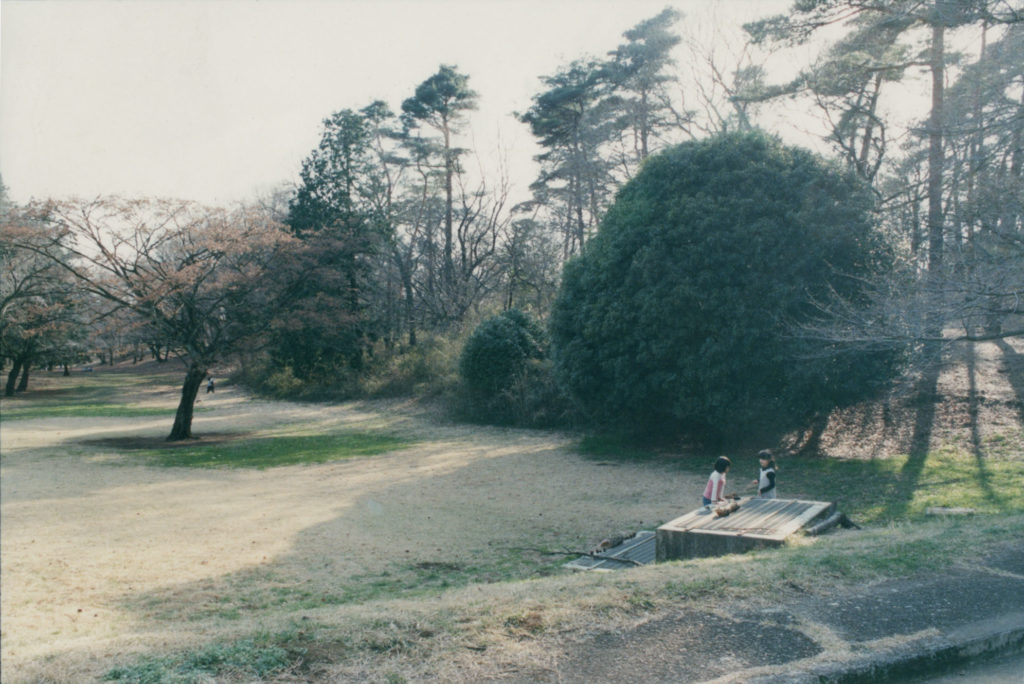
I wish I was there, photography, c-print, 2012-2021
January 12 to January 19

November 3 to November 10



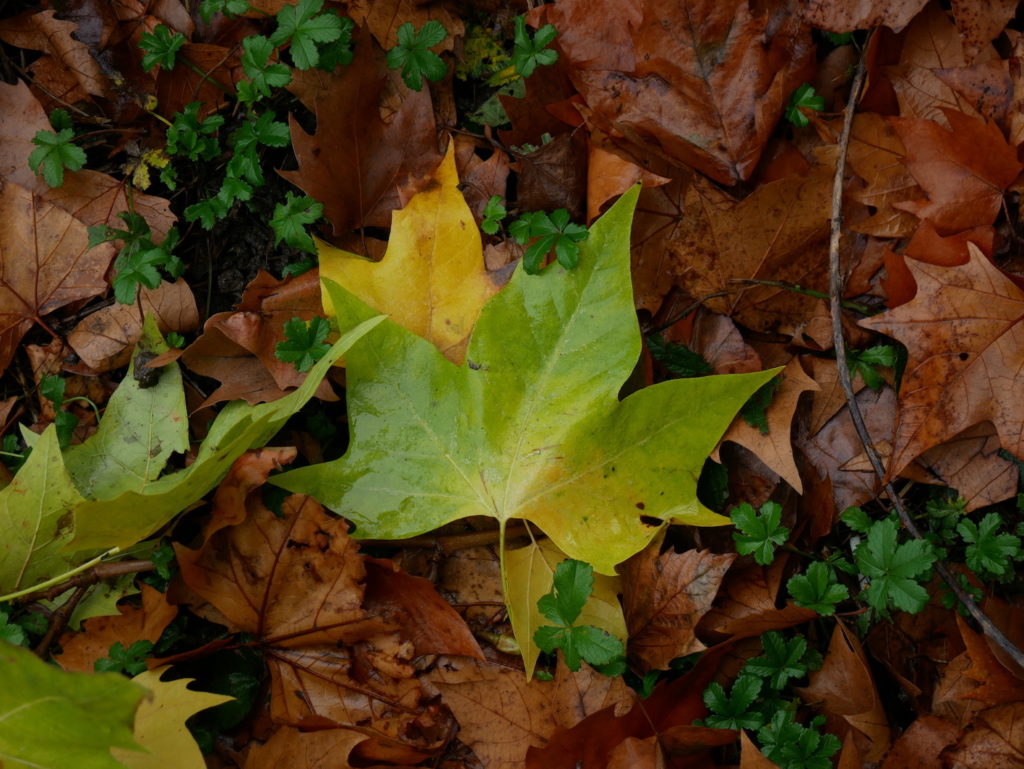
Memory of Autumn,
photography, 2020
Just before the second lockdown happened in France, I was in the same forest 3 times for a shooting. It was romantic to see the color of leaves changing slightly every time I visited. Probably it’s hackneyed but for me it is precious to feel this magical moment.
October 27 to November 3
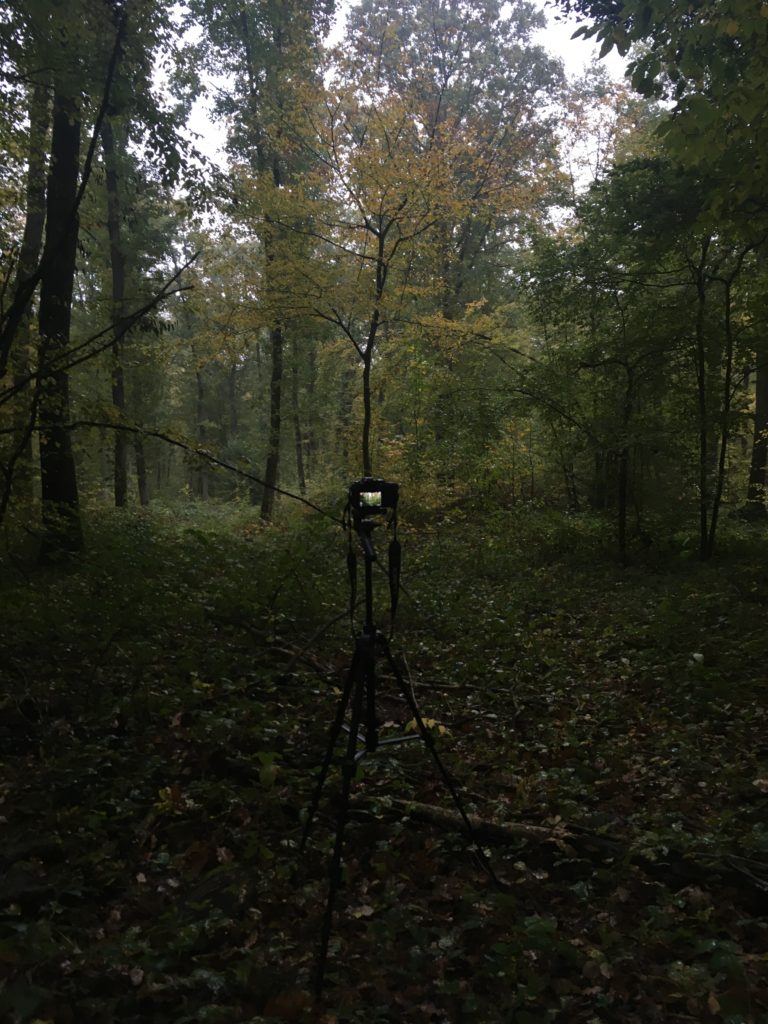
Back in the forest, photography, 2020
September 29 to October 6

A wing on the wall, photography, 2020, Kyoko Kasuya
September 22 to September 29
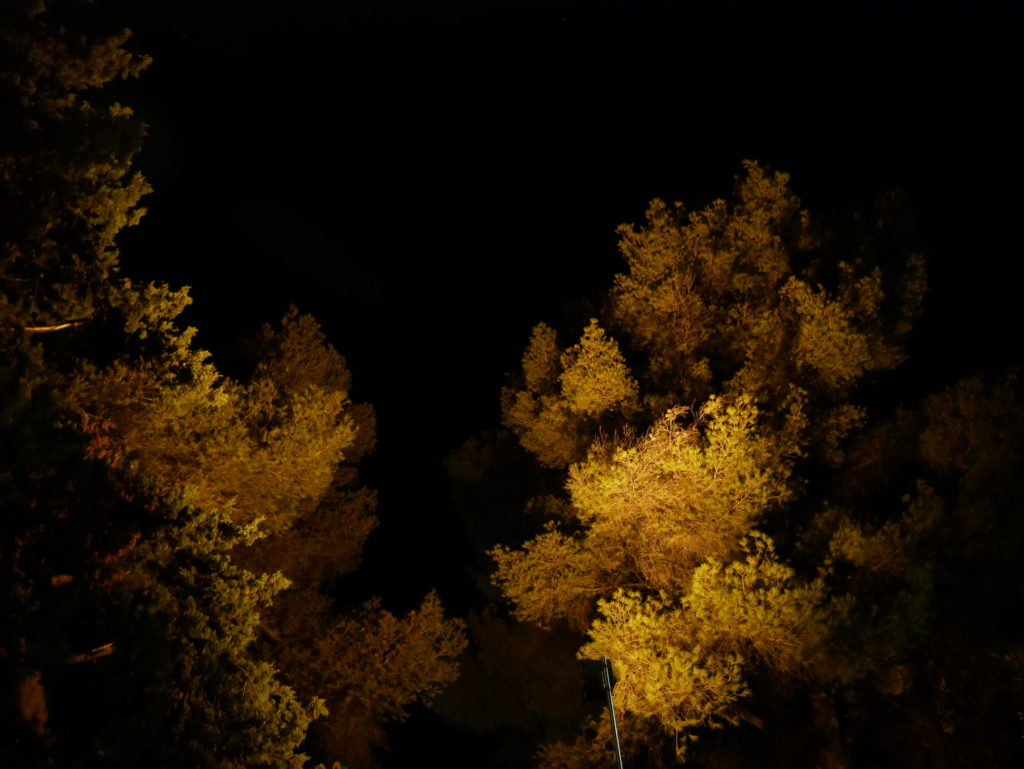
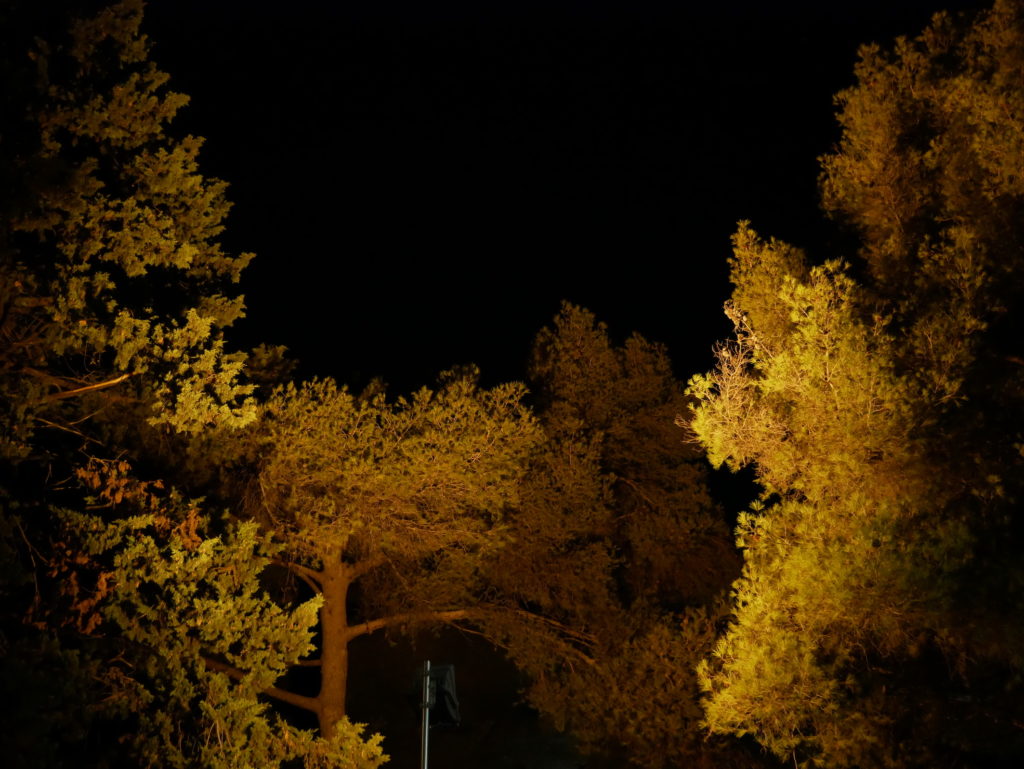
Night walk, photography, 2020 © Kyoko Kasuya
September 15 to September 22
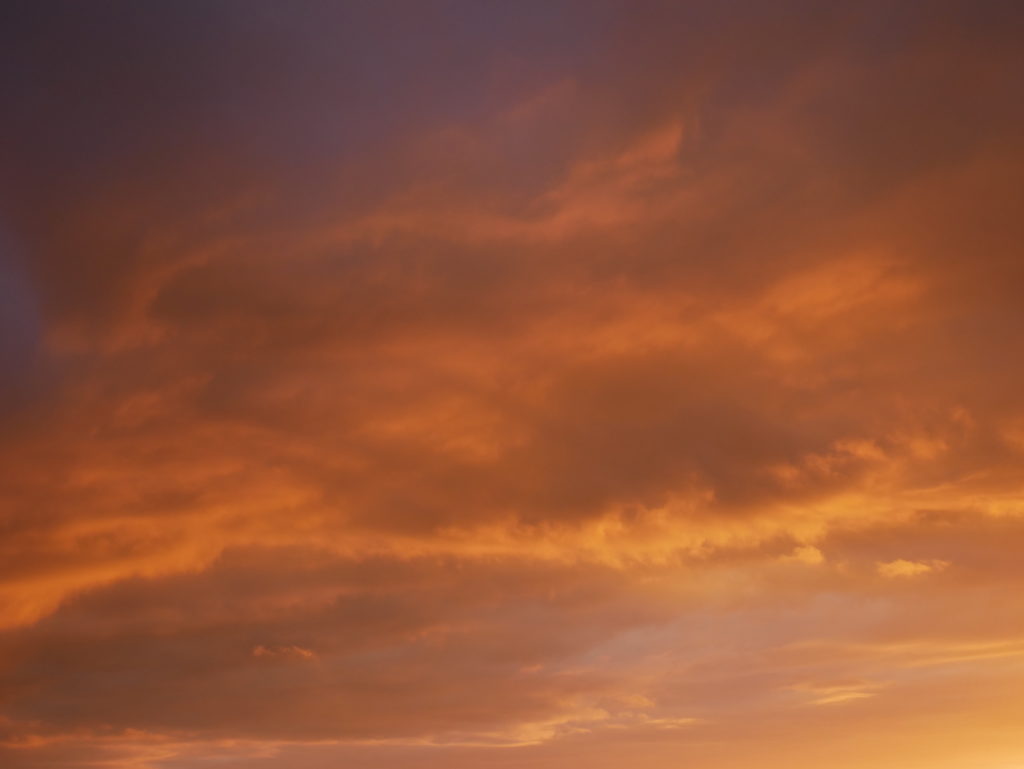
The moment, Photography, 2020 © Kyoko Kasuya
It seems like everything goes back to « normal ». Time is chasing after us since the beginning of September. I didn’t find even a little time to look at the sky. Last Saturday evening, I hopped on the last train heading to the méditerranéen coast from Paris Lyon Station. Nobody was in my wagon. I just came across the moment.
September 1 to September 8
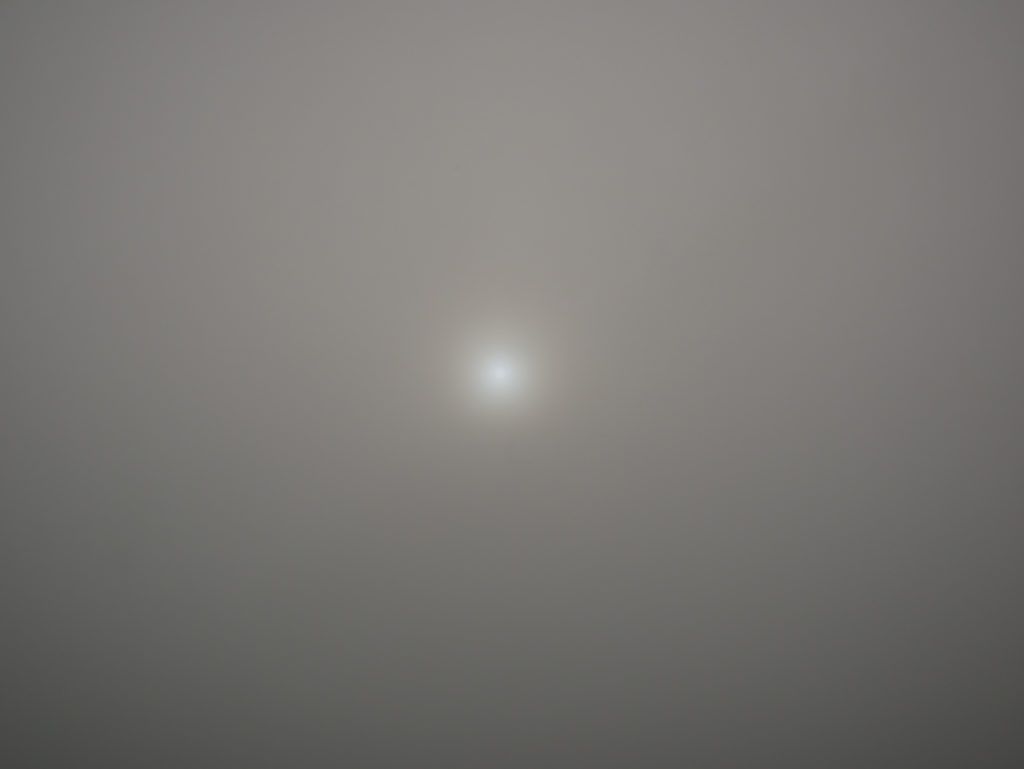



Unexpected summer, photography, 2020 © Kyoko Kasuya
August 18 to August 31

Drawing on the wall,
photography, 2020 © Kyoko Kasuya
July 28 to August 4
400 years ago, video, 1’13 », 2020 © Kyoko Kasuya
This summer I cannot go on vacation. A long distance flight back to Japan to see my dad might not be a good idea unfortunately. I have a little more time so I dig out my archives. It makes me feel like I’m travelling far away. In fact, it’s a good chance to look back the past. Not only these past years, but also the old days that we don’t really know. It’s like discovering an alternative future.
July 21 to July 28
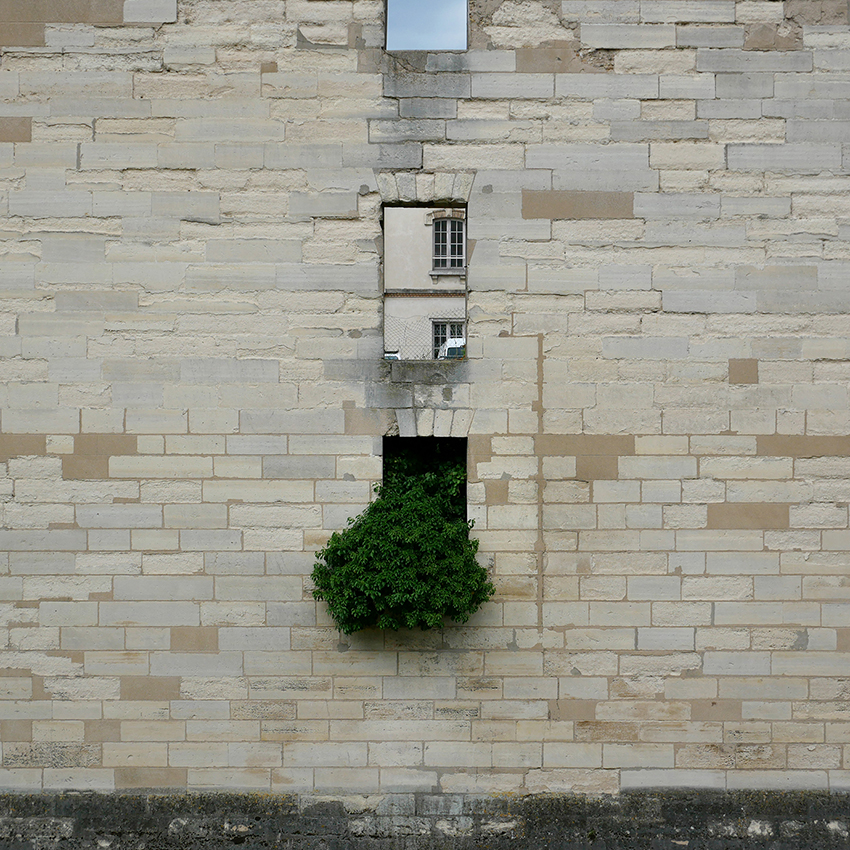




Where are we going now ?
Photography, 2020 © Kyoko Kasuya
July 14 to July 21
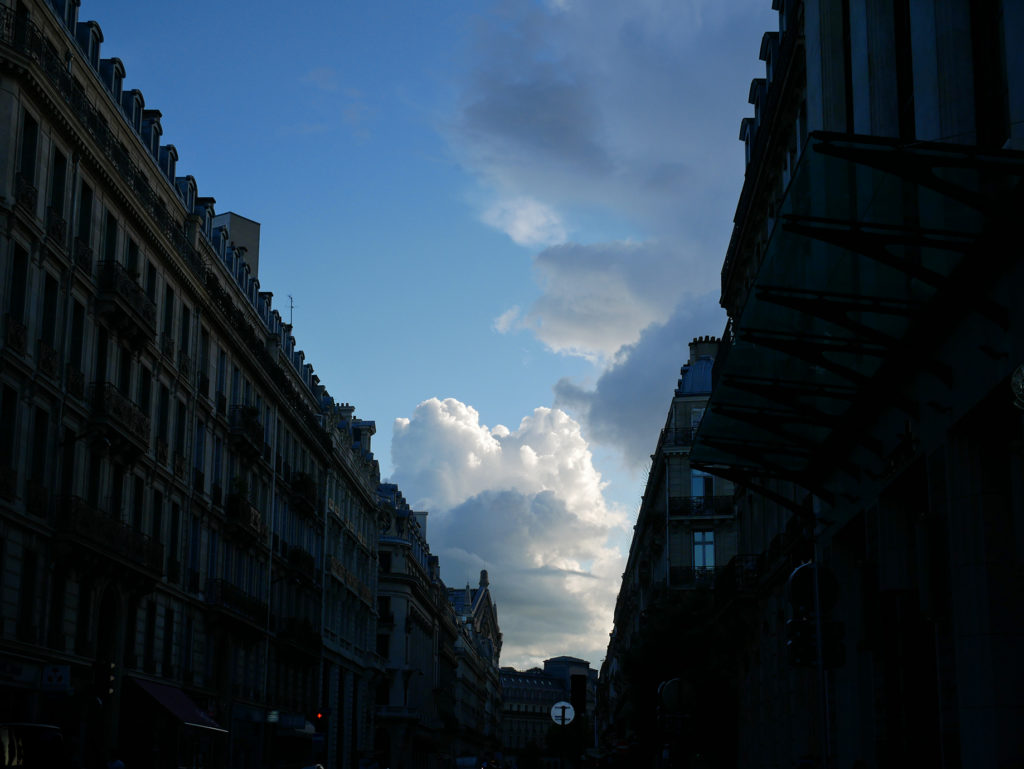
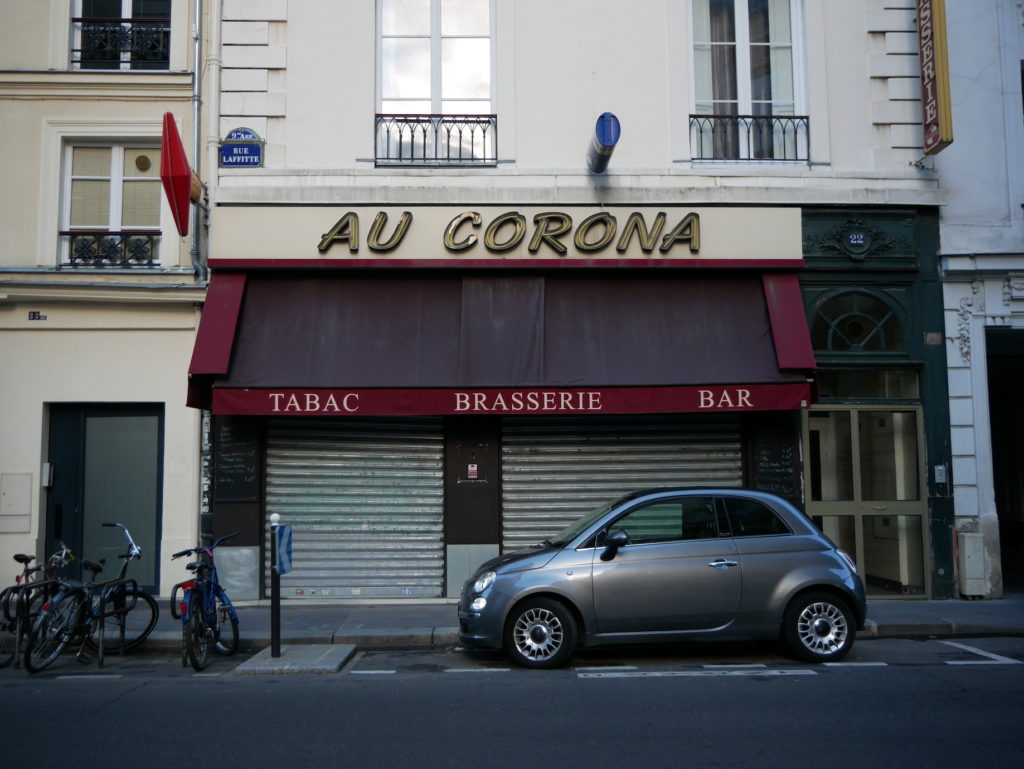

It was the end of May. People had started to once again take public transport in Paris. It was raining slightly. I was waiting for a friend at an exit of a metro station. While waiting, I observed people as usual. Controllers inside of the entrance gate. Their presence gave us some pressure. We were wearing our masks tightly. A little boy 5 or 6 years old and his mother had joined a queue to buy tickets. Only one vending machine was available. Others were out of order. In front of them, there were five peoples waiting. The boy was talking to his mom seriously. I was listening.
He said, « Corona virus is not coming from animals, not bats. It is not even coming from China. God sent it to us. »
When I heard this, I couldn’t believe my ears.
June 30 to July 7



Since the lockdown is over in France mid May, people are trying to make it up to what they couldn’t do or what they lost, but I can’t. My mind is still away and I’m searching some utopia where I can breathe calmly. Before this corona problem occurred, I feel like I was pushing myself hard. Once the thread loosens, I really can’t be what I was used to be. As artist, I even don’t want to go back to museums. I just want to feel the wind breezing and green leaves dancing with sparkling sunlight.
June 16 to June 23

POLYPHONIC MANIFESTO
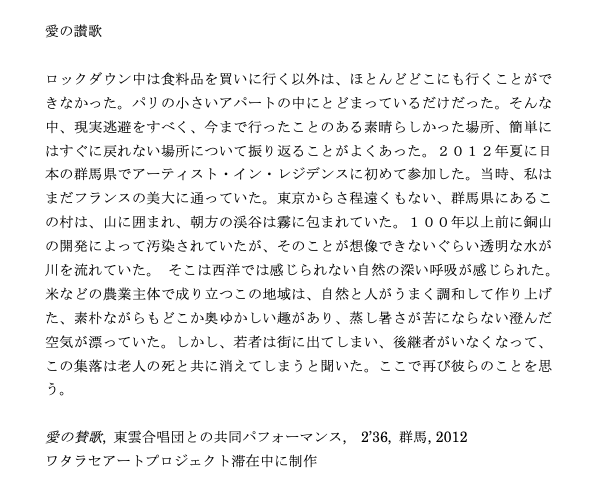
L’hymne à l’amour
During this quarantine, we couldn’t go anywhere except for grocery shopping. I’d been staying in my small flat in Paris. Meanwhile, in order to escape from this reality, I often thought of the wonderful places I had been to so far, and the places I can’t return to immediately. In the summer of 2012, I participated in an artist residency program for the first time in Gunma, Japan. At that time I was still an art student in France, but took my summer to undertake the residency. This village in Gunma prefecture was not too far from Tokyo. Mountains surrounded it. The valley was enveloped in fog in the morning. The river had such clear water that one couldn’t imagine the pollution from the copper mine seeping poison down it over 100 years ago.
I could draw a deep breath from nature there, in a way that you wouldn’t normally feel in the West. People engaged in agriculture, especially rice. There was another timeline in place that couldn’t compare to a busy capital or even other places I’d previously visited. There was a well-balanced harmony between nature and humans, which was simple and very modest. The clear air blew away the humidity and the intense heat of a typical Japanese summer. However, I heard that most young people left this place, the locals didn’t have any successors for maintaining this land. In the near future, this village would disappear with the death of the old agriculturists. I think of them again from here.
L’hymne à l’amour, performance with Shinonome (daybreak) chorus group, 2’36, Gunma Japan, 2012. This work was created for the occasion of Watarase Art Project.
Correction of English text by Melissa Ryke
June 2 to June 9



Extract from Prémonition, series of Photography, 2010-2011
This work was created in Tokyo and the suburb 3 months before the Great East Japan Earthquake that caused tsunami and the accident of Fukushima Nuclear Power Plant in 2011.
このシリーズは、2011年に大津波が東北地方を襲った東日本大震災、その影響により発生した福島第一原発事故の3ヶ月前に制作された。
May 26 to June 2



25 05 2020
Detention for two months. I have continued to live in the urban desert, I am able to return to forest again.
I watch deep shadows made by trees. Finally I breathe. I feel alive.
2ヶ月に及ぶ拘束。都市砂漠の中で生き続けた私は、再び森に戻ることができた。
木々が作りだす深い陰影を見つめる。ここで息を吸うことでやっと人間に戻れた気がした。
May 5 to May 12



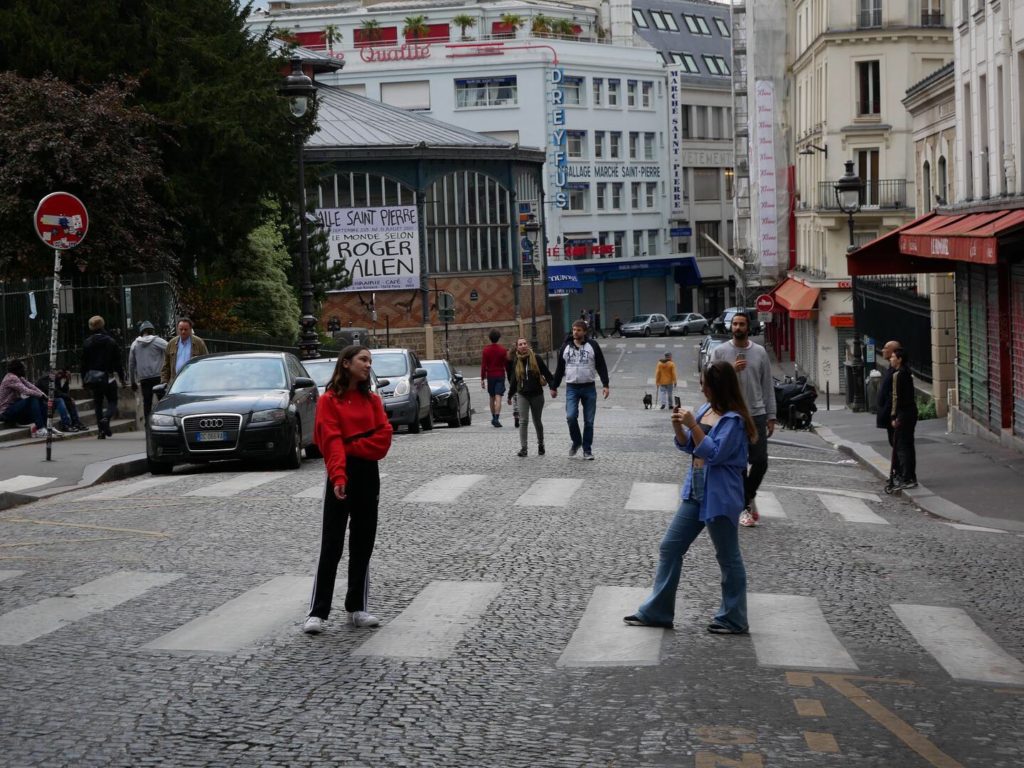

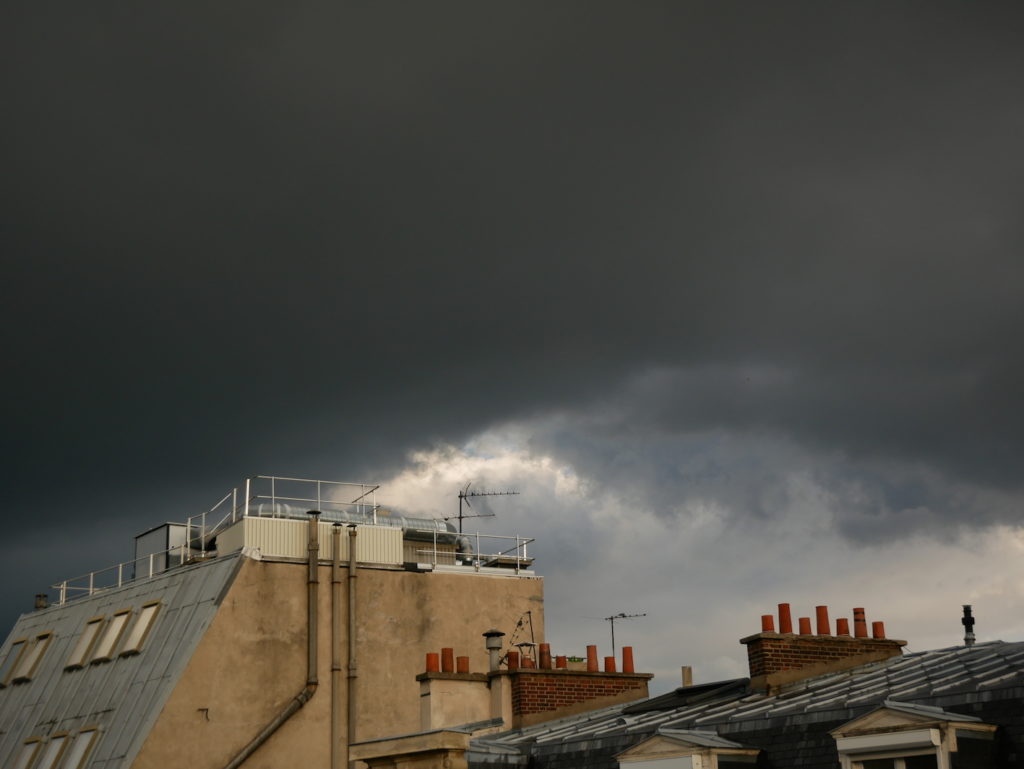
Le confinement le 3 mai 2020
Je me suis dirigée vers un quartier très touristique. Il y avait beaucoup moins de monde ici. Par contre aujourd’hui de nombreux policiers faisaient la surveillance. Je n’ai pas osé à les photographier car j’ai largement dépassé le rayon d’un kilomètre. Payer 135€ d’amende aurait pu être vraiment pénible. Beaucoup de jogger aussi. Il y avait une ambiance quasiment déconfinée, mais le temps changeait à un rythme assez vertigineux. Le ciel restait menacant.
April 21 to April 28
ロックダウン中、真夜中に起きることがよくある。だいたい3時ぐらい。何かをしながらずっと起きている。ある朝、普段とは違う光がカーテンの隙間からちらっと見えた。窓を開けると、普段とは異なる空模様が広がっていた。パリに7年住んでいるけど、こんな空は見たことがない。
During this quarantine, I often wake up in the middle of the night around 3am. I stay up to do something. In a morning, I saw lights changing subtly between the window shade and I opened it. The sky was changing so faster. Less pollution in Paris made this scenery. I live here over 7 years but never seen this before.
BIO
Kyoko Kasuya (B.1980) is a Japanese visual artist and filmmaker based in Paris, France. She studied Fine Arts at l’École Supérieure des Beaux-Arts Montpellier (Mo.co.) in Montpellier, France. Following the events of the 2011 earthquake and tsunami and resulting accident at the Fukushima nuclear power plant in Japan, Kasuya was advised to remain within France by her father. By facing these events between France and her native country, she started observing contemporary society in detail, while examining her own Japanese identity.
Kasuya’s works recall the temporality of shared experiences, currently focusing on the memories of World War II explored and investigated from diaries, writings and hidden archives of unknown and ordinary people. Her initial studies in English and American literature influence these projects, in particular through the importance of written archives that aid in framing the narratives of the past. Here Kasuya questions sociological and historical subjects through existing views which are being challenged and shifted through works of film and photography, thus attempting to contribute a universal understanding of the human experience.
Website
https://www.kyokokasuya.net/